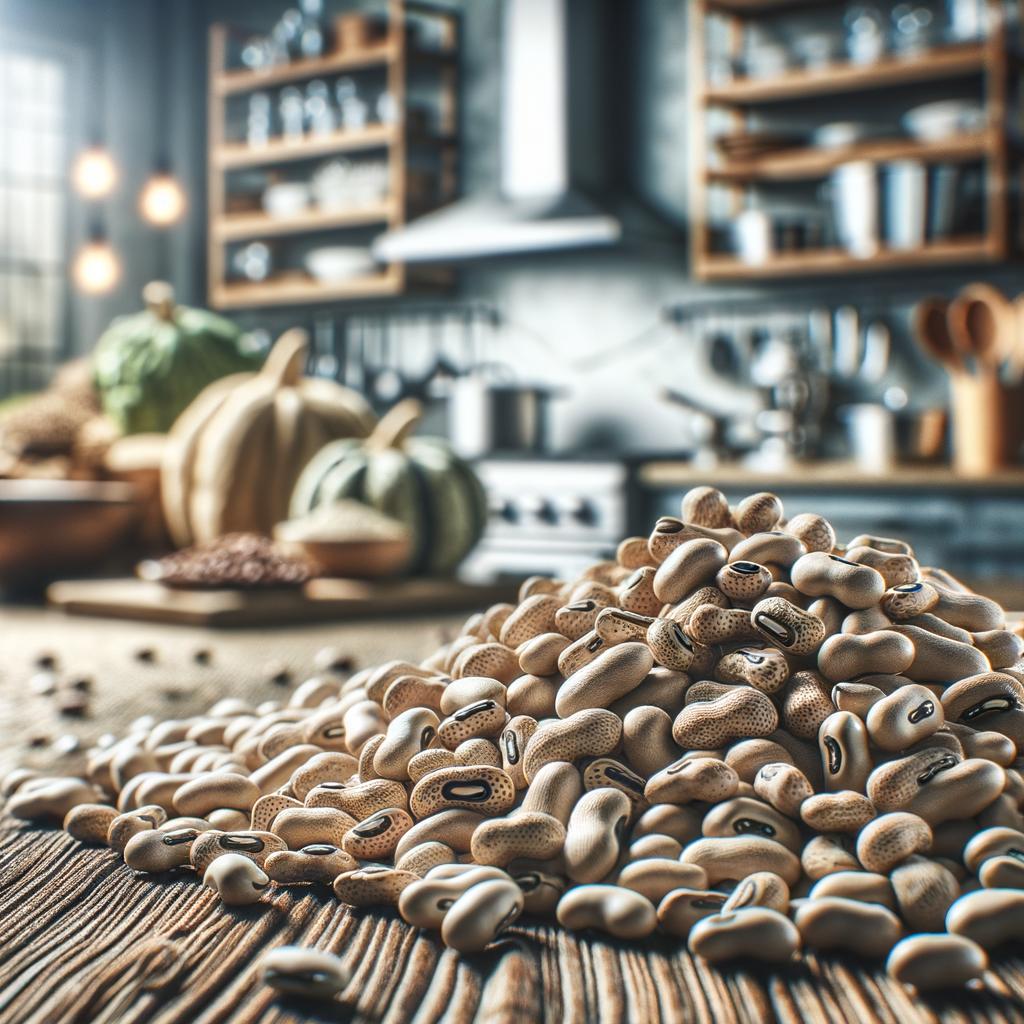Dried Beans

Description
Dried beans, a humble yet extraordinary ingredient, are a testament to the beauty of simplicity in nature's pantry. They are typically small, kidney-shaped seeds that come in a wide array of colors, from the deep ebony of black beans to the speckled crimson of pinto beans. Their texture, when cooked, transforms from a tough outer shell to a tender, creamy interior that is both comforting and satisfying. As for the flavor, they are subtly earthy and nutty, acting as a culinary canvas that absorbs and enhances the flavors of the ingredients they are paired with. What sets dried beans apart from their canned counterparts is their ability to retain their shape and texture, making them a versatile ingredient in a myriad of dishes.
Primary Uses
Dried beans are a staple in cuisines worldwide, known for their versatility and ability to absorb flavors. They are commonly used in soups, stews, salads, and even desserts. In Mexican cuisine, they form the backbone of dishes like refried beans and chili, while in Italian cooking, they are a key component of minestrone. In the Middle East, they are transformed into a creamy, flavorful hummus. Beyond their culinary uses, beans have also been used in various cultures for medicinal purposes, given their high fiber and protein content.
History
The history of dried beans is as rich and varied as their colors. Archaeological evidence suggests that beans were among the first cultivated crops, dating back over 7000 years in some parts of the world. They have played a critical role in sustaining civilizations, from the ancient Greeks and Romans to the Native Americans. Beans have also been steeped in folklore and myth. In some cultures, they were believed to have magical properties and were used in rituals and ceremonies. Over time, their use and popularity have only grown, with beans now recognized as a superfood and a sustainable source of protein.
Nutritional Information
Nutritionally, dried beans are a powerhouse. They are rich in protein, fiber, and complex carbohydrates, making them an excellent source of sustained energy. They also contain essential minerals like iron, potassium, and magnesium, and are a good source of B vitamins. Compared to meat, beans offer similar amounts of protein but with less fat and no cholesterol. They are also lower in sodium compared to canned beans. Regular consumption of beans has been associated with numerous health benefits, including reduced risk of heart disease and improved digestion. However, it's worth noting that beans also contain certain anti-nutrients which can be reduced by proper soaking and cooking.

